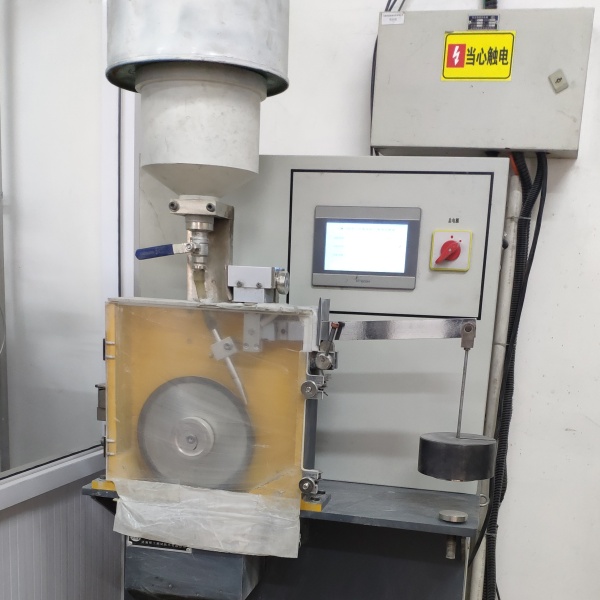Why Chromium Carbide Overlay Plates Outperform Conventional Wear Steel
Abrasive wear caused by hard mineral particles is one of the most severe degradation mechanisms in heavy industries such as mining, cement, power generation, and metallurgy. Once structural components such as chutes, hoppers, grinding tables, and conveyor liners experience wear, equipment efficiency decreases, maintenance costs rise, and unplanned shutdowns occur.
To mitigate these challenges, chromium carbide wear plates have become the industry standard solution, valued for their high hardness, strong metallurgical bonding, and extended service life. Nevertheless, performance differences among manufacturers remain considerable. This paper provides a metallurgical and experimental evaluation to explain why Wodon Chromium Carbide Overlay (CCO) wear plates deliver superior wear resistance compared with conventional wear steels and general-purpose hardfacing wear plates.
Chemical Composition and Phase Structure
The wear resistance of a composite wear plate is governed primarily by the chemical composition of the overlay and the resulting microstructure. Wodon plates are engineered with carefully balanced levels of carbon (C) and chromium (Cr), ensuring the maximum precipitation of chromium-rich carbides during solidification.
Carbide Phase Formation – Carbon reacts with chromium to form primary hexagonal Cr₇C₃ carbides, exhibiting microhardness values up to HV1800, far higher than the steel substrate.
Matrix Toughness – The mild steel baseplate contributes toughness and impact absorption, while the overlay ensures surface hardness. This dual-layer structure produces a bimetallic wear plate with both strength and durability.
Standardization and Testing Practices for Bimetallic Wear Plates
Unlike structural steels or boiler steels, which are governed by unified global specifications (such as ASTM, EN, or GB standards), bimetallic wear plates currently lack a universal international standard.
For this reason, the most authoritative method to validate wear performance is the dry sand rubber wheel abrasion test. This standardized test replicates three-body abrasion by pressing a rubber wheel against the wear surface while feeding dry silica sand at a controlled rate. By recording the mass loss of specimens, relative wear resistance can be quantified objectively and reproducibly.
Test conditions:
Specimen Consistency – Samples from Wodon, imported, and domestic wear plates were cut to identical dimensions.
Abrasive Medium – Angular quartz sand was used to simulate highly aggressive abrasive conditions.
Load and Duration – A fixed load was applied for 45 minutes under identical environments.
This approach eliminates geometric or operational bias, ensuring that the measured wear performance reflects only the material properties of each plate.
Test Results and Comparative Analysis
Overlay weight loss after 45 minutes:
Wodon wear plate: 0.148 g
Imported wear plates: 0.229 – 0.252 g
Domestic wear plates: 0.371 – 0.399 g
This study confirms that chromium carbide wear plates manufactured through advanced overlay processes significantly outperform conventional steels in abrasive environments.
Post time: Aug-21-2025
